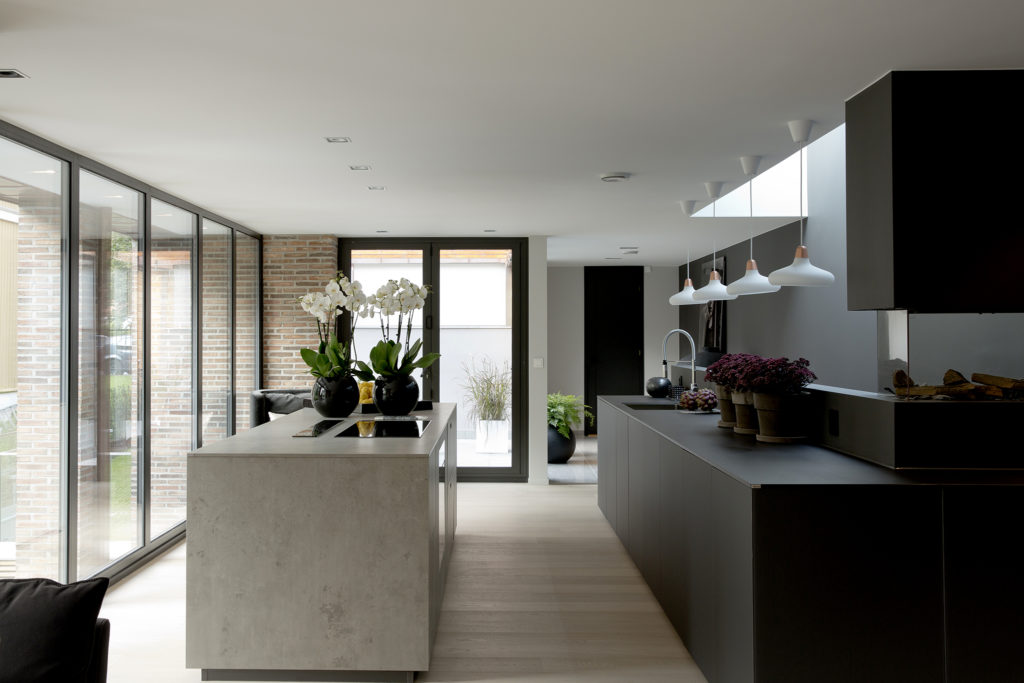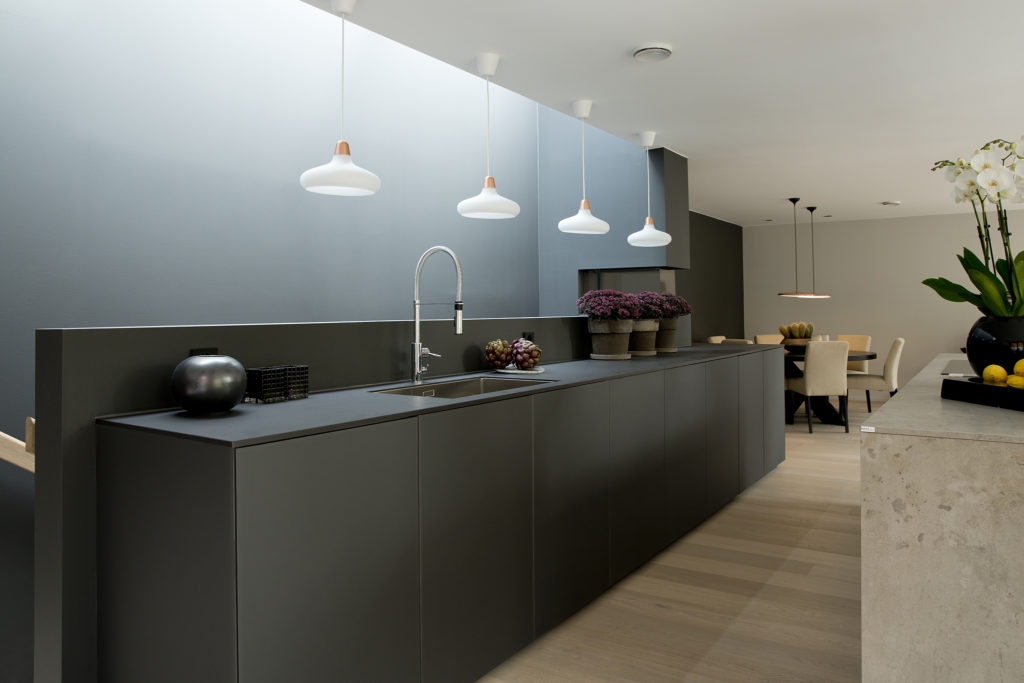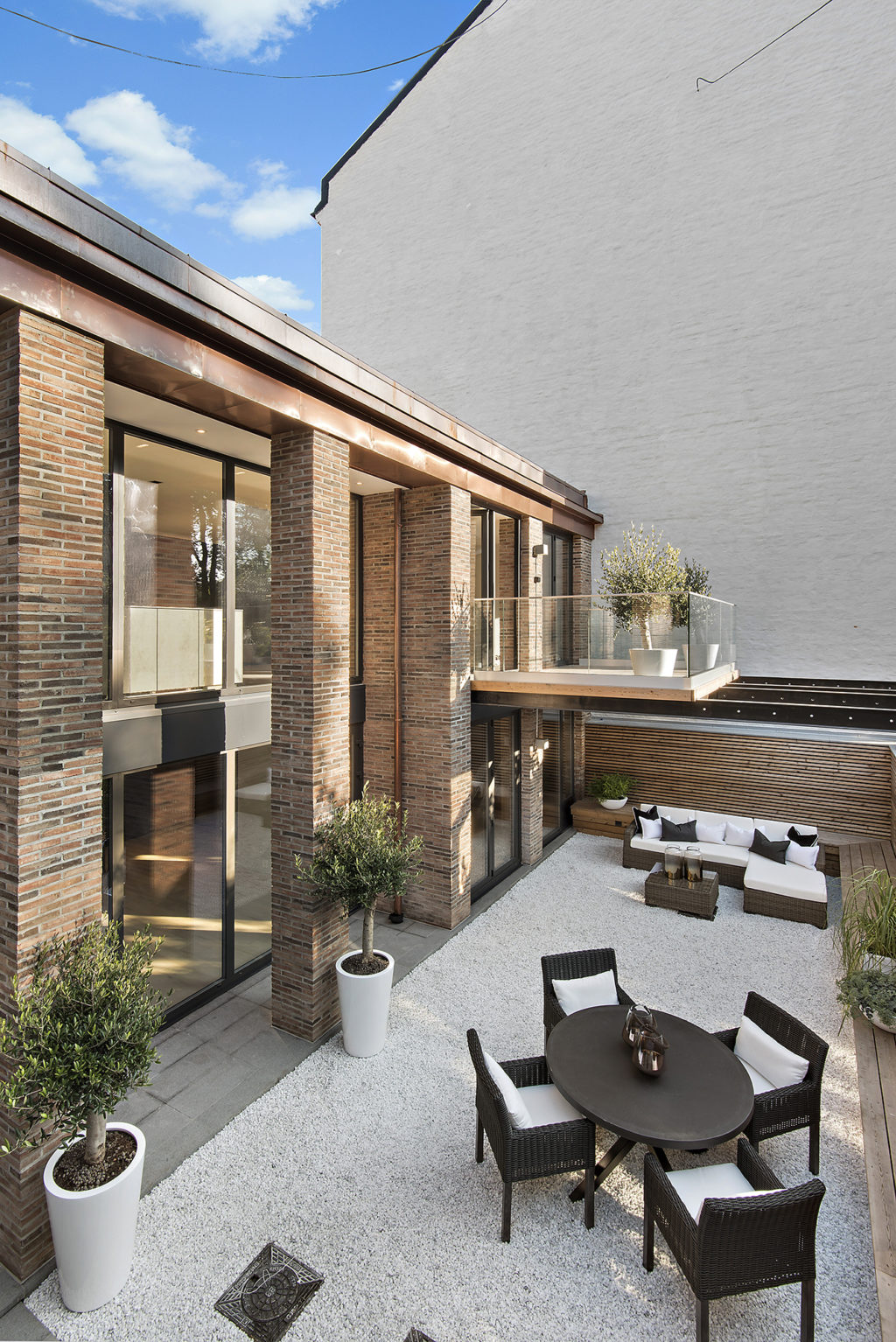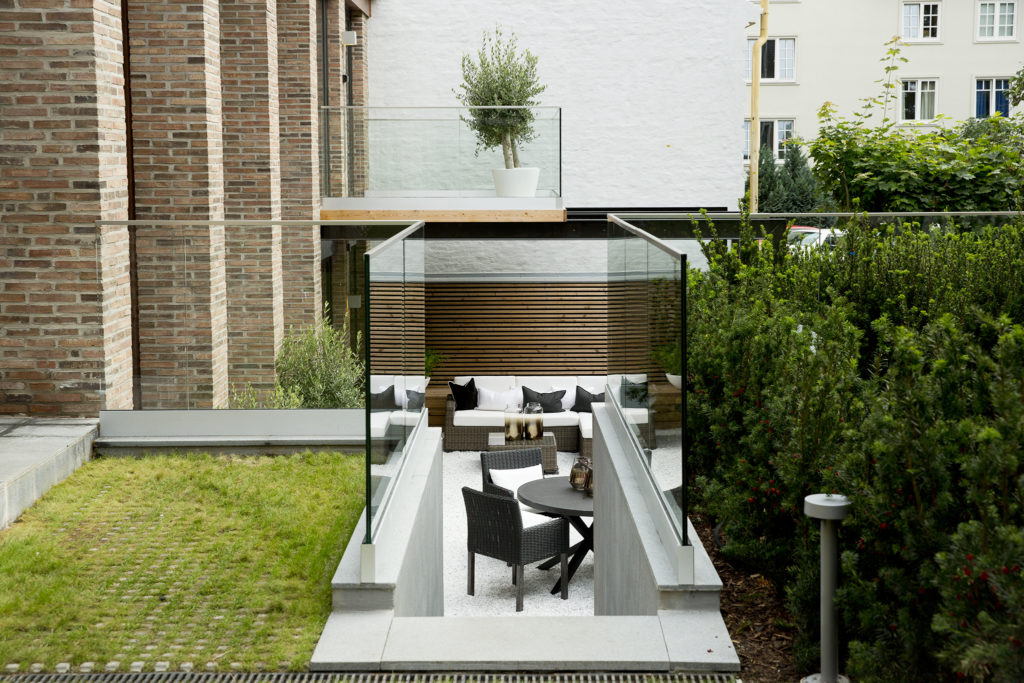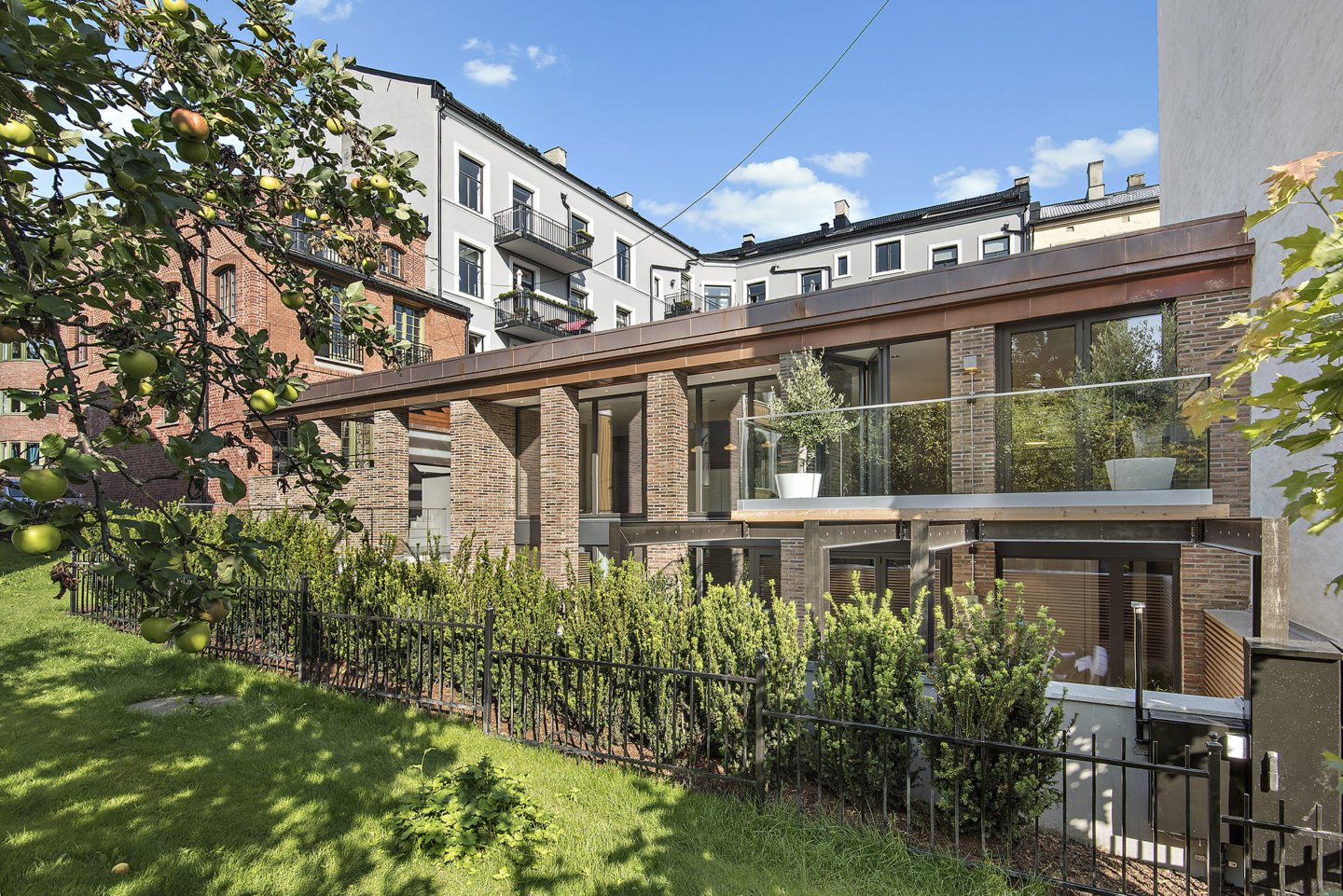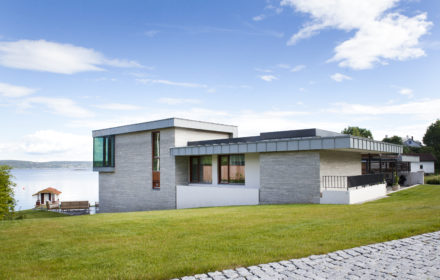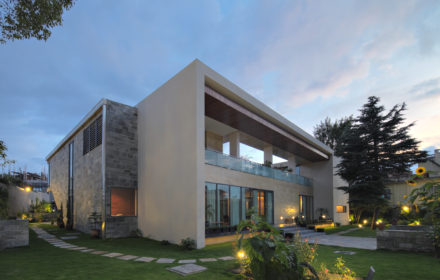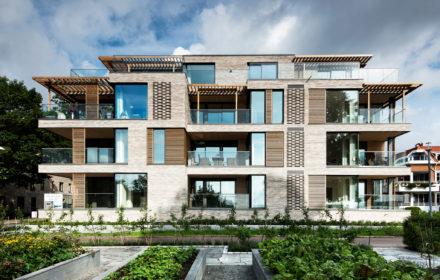Solheimsløkken
Solheimgata 4B, Oslo, Norway
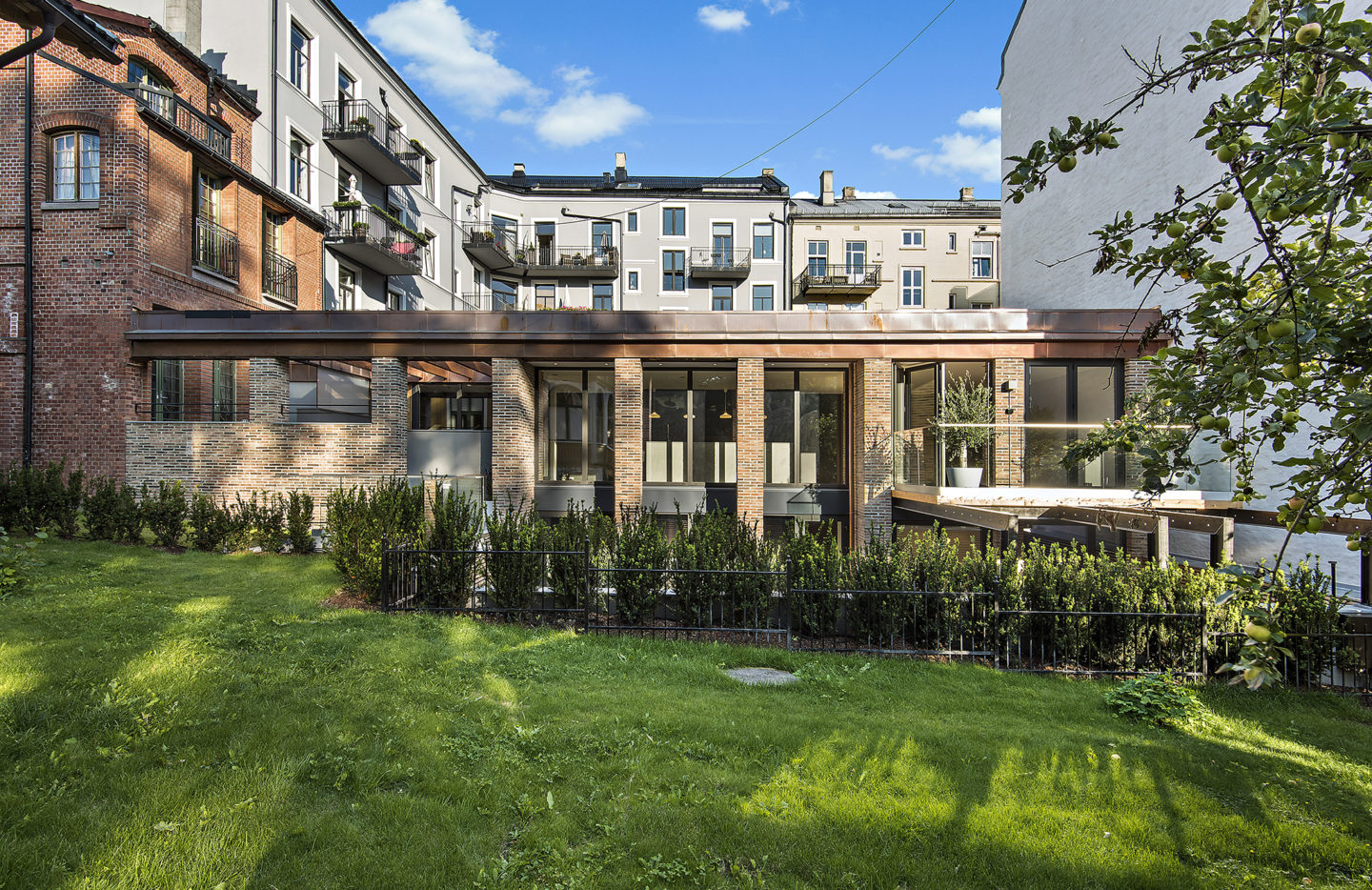
Solheimgata 4B is a special site in Oslo. Originally conceived as part of an apartment block in the 19th century, the plot remained vacant due to the collapse of the housing bubble in in 1890. Construction was halted and the building remained unrealised.
The plot’s southern boundary was flanked by the four-storey gable wall of the abutting building. A former 19th century prison – converted into housing in 1982 – was positioned to the north, and a Swiss villa style farmhouse from 1860 to the west, a building notable as the former home of Norwegian Prime Minister Johan Sverdrup.
The client, whose ambition was to develop a high quality, contemporary residential building on the site, had struggled to obtain planning permission for a number of years. The initial design proposed a five-storey volume abutting the existing gable wall to the south, however this was rejected by the cultural heritage department who argued that the vacancy of the plot provided a valuable physical memory of the 1890 housing collapse. In response, the design team effectively flipped the design onto its side, resulting in a low-lying pavilion-like form. In spite of the resulting challenges, the eventual floorspace achieved in the design was a close match to a more conventional multi-storey configuration, and provided – in addition – a unique opportunity: a fifth elevation in the form of a green sedum roof, a feature which preserves the cultural integrity of the site while also providing a calm, green, private oasis for residents.




